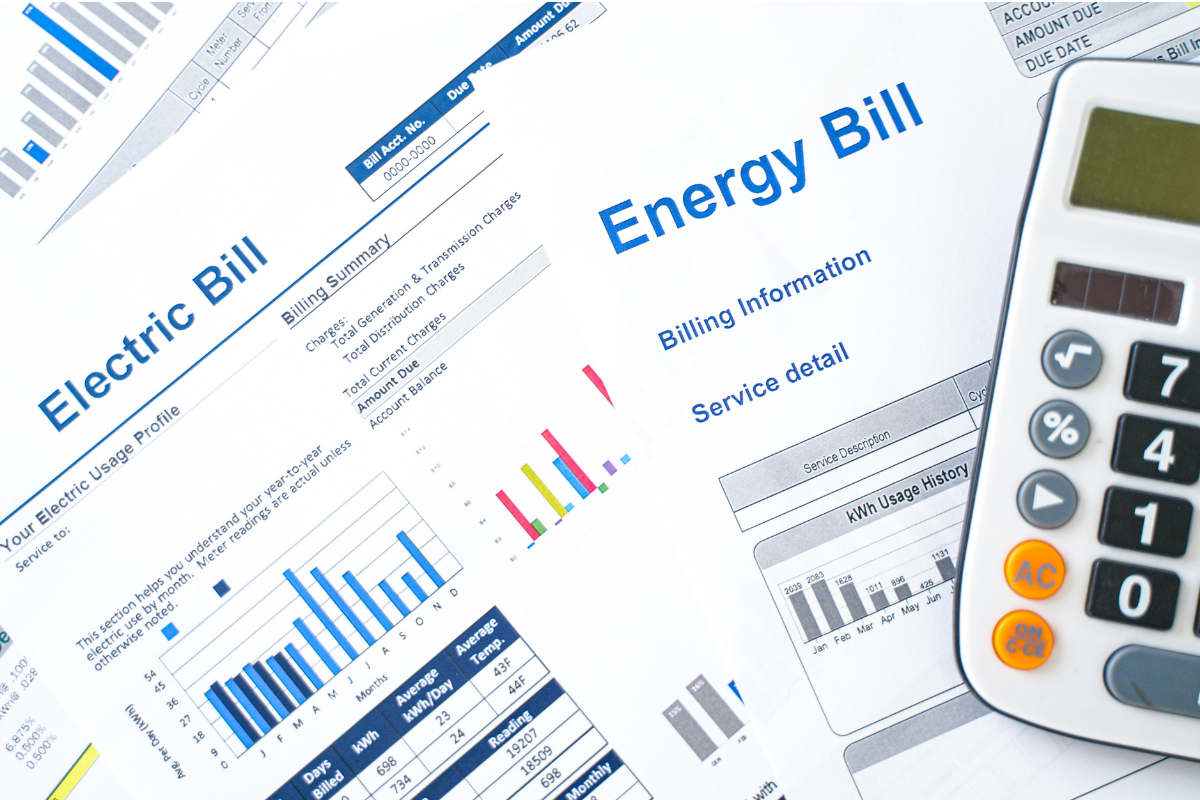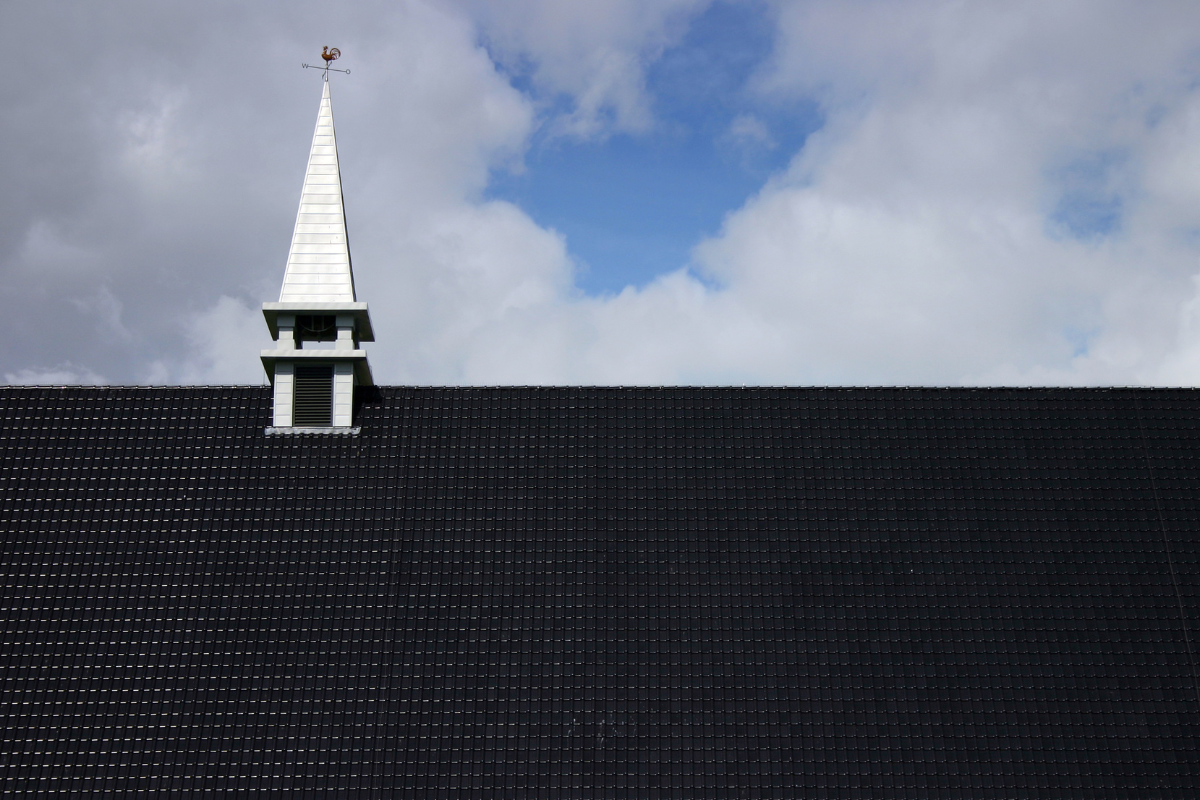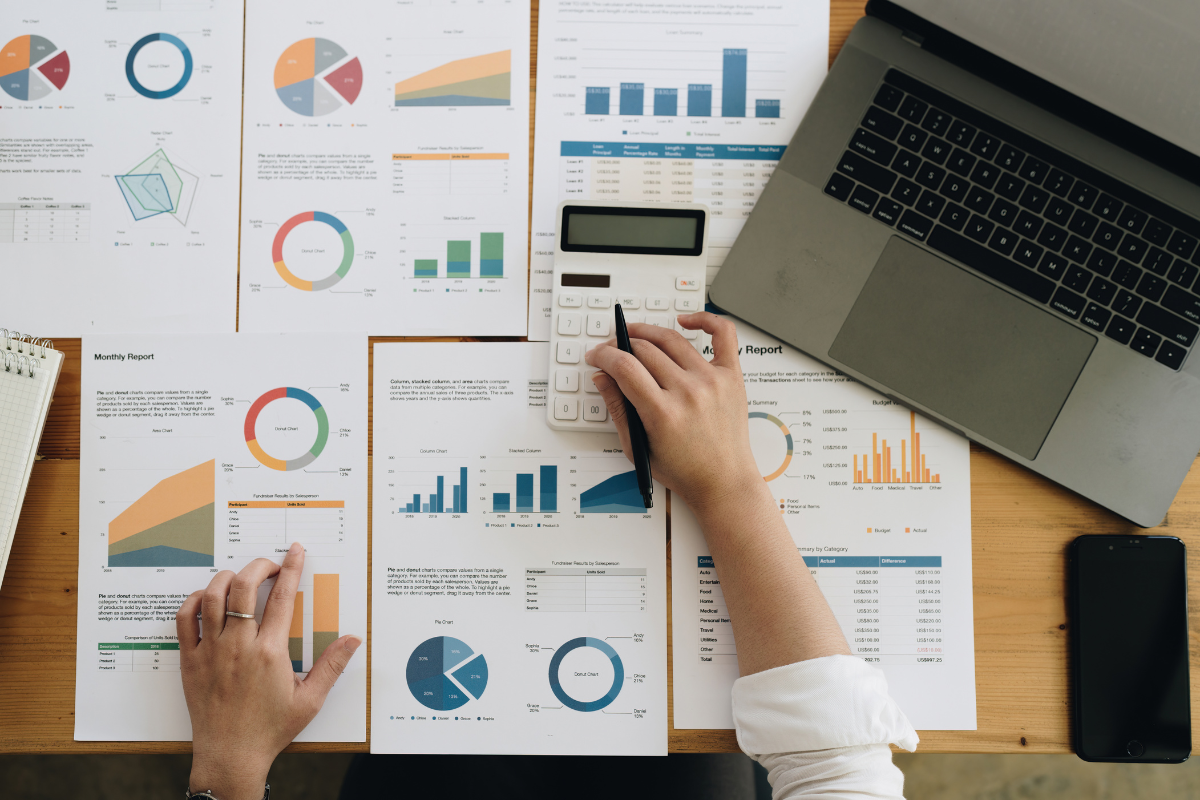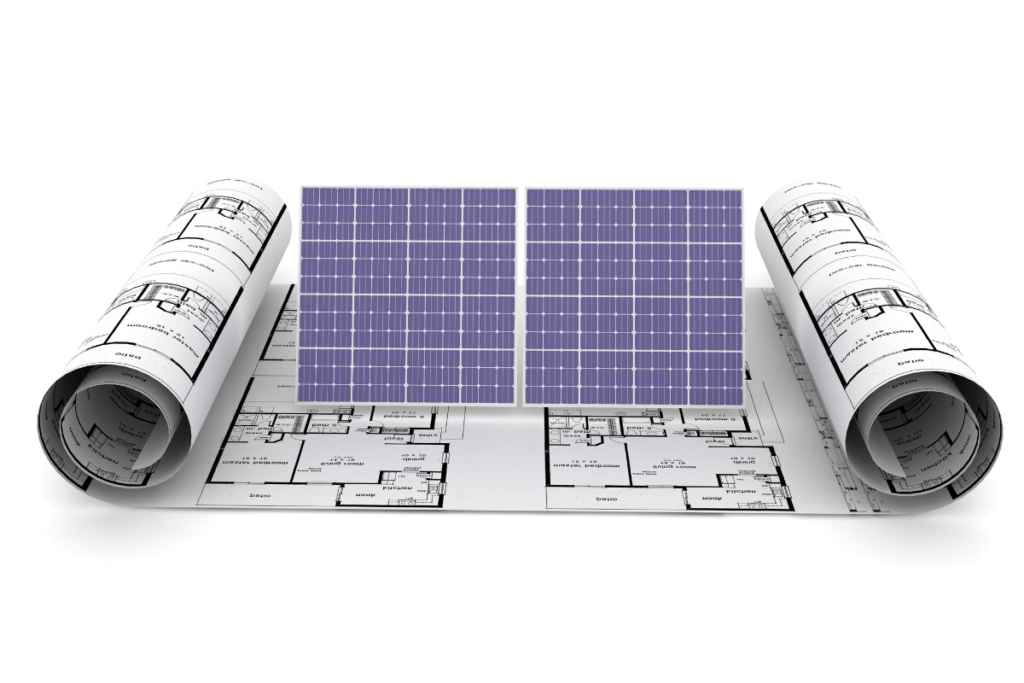After you’ve learned a few solar basics and gotten buy-in to look into solar for your nonprofit, it’s time to decide on financing options and gather information about your facility. Because there are several financing options to consider, we’ve covered those in a separate article; here, we’ll cover the information you need to gather in order to get started on securing a solar bid and launching your project.
If needed, be sure to get approval from your Executive Director, Board, or Treasurer to collect and give out your facility information.
?️ Note: If you’re managing the process of going solar on your own, you’ll need to identify a few reputable installers and get quotes from them to compare. When you work with CollectiveSun, we take care of this step for you. We partner with trusted, vetted installers to ensure that your project goes smoothly and your nonprofit enjoys solar savings from day one.
Your electricity usage

To size your solar system accurately to meet your nonprofit’s power needs, your solar installer will need data on your facility’s electricity use for the past 12 months. Because most facilities’ electricity use fluctuates from month to month and season to season, data from a full year should be used to determine your average monthly use.
? Tip: Before reviewing your nonprofit’s electricity use, be sure you’ve done what you can to reduce it. For more on energy efficiency measures you can take, see our previous article about getting started on solar for your nonprofit.
Your installer or CollectiveSun may ask you to grant access to your utility account using a tool called UtilityAPI, which allows them to get detailed electricity usage data for your facility. UtilityAPI provides secure access to customer utility data — but not to any of your account information, so you can be confident that your account will remain private and secure.
You may also be asked to provide information on your electricity use directly (without UtilityAPI). To get data on your usage for the past 12 months, you can access your facility’s electric bill history, usually available online at your utility’s website. It’s even easier if the utility is one of a growing number that provides Green Button data, which lets you download a detailed spreadsheet of your facility’s bill history, usually in 15 minute increments called “interval data.”

- You may need to get the login information for your nonprofit’s utility account, or create an online account using the information from the facility’s power bill. If you don’t have access to this information, you’ll need to find someone who does.
- Be sure to provide the data for just the electricity portion of your bill, not the gas portion.
Your site information

Solar installers will usually provide a preliminary estimate for your system, which they create using online tools like Google Earth. At some point in the process, though, they will need to do a site visit to check the condition of your roof.
Finding a solar installer willing to come onsite can sometimes be challenging for nonprofit organizations and especially houses of worship. That’s because installers may find it easier to deal with typical commercial and residential projects that don’t require as many approvals and are simpler to finance. You can speed up the process by providing any information you can locate about your facility’s structural components, including its roof type: composite shingle, tile, slate, etc. (some roof types are not as suitable for solar as others). Any other information you can provide — such as building plans and records of roof installation, maintenance, and roof warranties — will be helpful for your installer.
You may not want to install solar on your facility’s roof if it’s older or in poor condition, if it has many obstructions such as vents or skylights, or if it’s shaded by trees or other buildings. The good news is that you may be able to install solar elsewhere. If you have a parking lot, a solar carport installed there can provide shade for cars while producing energy. Though they are a bit more expensive than rooftop installations, solar carports or ground-mounted systems can make sense for many nonprofits.
Your installer can help you determine the best location for your solar, but the process will go more smoothly and quickly if you provide them comprehensive information about the site.
Your system size

Sizing a solar system is part science and part art. Your installer will help you determine the best size and design for your system, but it’s good to keep these factors in mind:
- Available roof space. Your panels will produce the most energy on a south-facing roof; the second best position is a west-facing roof. You can check Google Maps and Google Earth to see if there are any obstructions on your roof such as vents, or if any trees or other buildings are shading it. Also consider whether any trees have grown or been cut down since the last Google images were taken. Tools like Sketchup or Helioscope can provide a rough estimate of how much solar will fit on your facility’s roof and where. Once a basic system design is established, you can use the National Renewable Energy Laboratory’s PVWatts Calculator to get a rough estimate of how much electricity the system will produce each year, but you don’t have to do this; your installer will provide estimates when they design your system. If CollectiveSun is financing your system as a Solar Power Agreement (subscription), we will perform all of these tasks to design the system and generate production estimates.
- Future plans to electrify. Does your nonprofit plan to add electric vehicle charging or heat pump hot water, air conditioners, or heaters? Do you plan to add to the building or campus? You might want to size the system a bit larger now if you think you will need more panels later. However, if your utility doesn’t offer net metering (covered in Solar Basics) or the net metering excess generation rate is low, be careful about sizing your system too large; you don’t want to send back a lot of energy to the grid at a low rate. (You can avoid this issue by adding energy storage, if that’s in your budget, which can also reduce your facility’s demand charges.)
- System design. Consider where your solar installer plans to place the panels on your facility’s roof or parking lot, as well as where they plan to run the conduit that connects them to your electrical panel. Your system is likely to last a long time, so you’ll be looking at it for a while! Do you want the panels to be visible from the street? In making this decision, you’ll need to consider which factors are most important to you — for example, the location that’s best for maximum electricity production might not be the best location for inspiring and educating community members with your solar.
Moving forward on your solar project
Once you’ve gathered information on your facility, reviewed the proposed design, and selected a financing option, your project can really get going. Remember, you don’t have to do any of this alone.
CollectiveSun is here to help you before, during, and after your solar is installed. We can guide you through the process of determining whether solar makes sense for your organization, including understanding the available financing options and incentives. If you’d like to explore getting solar for your nonprofit, don’t hesitate to reach out to us.
